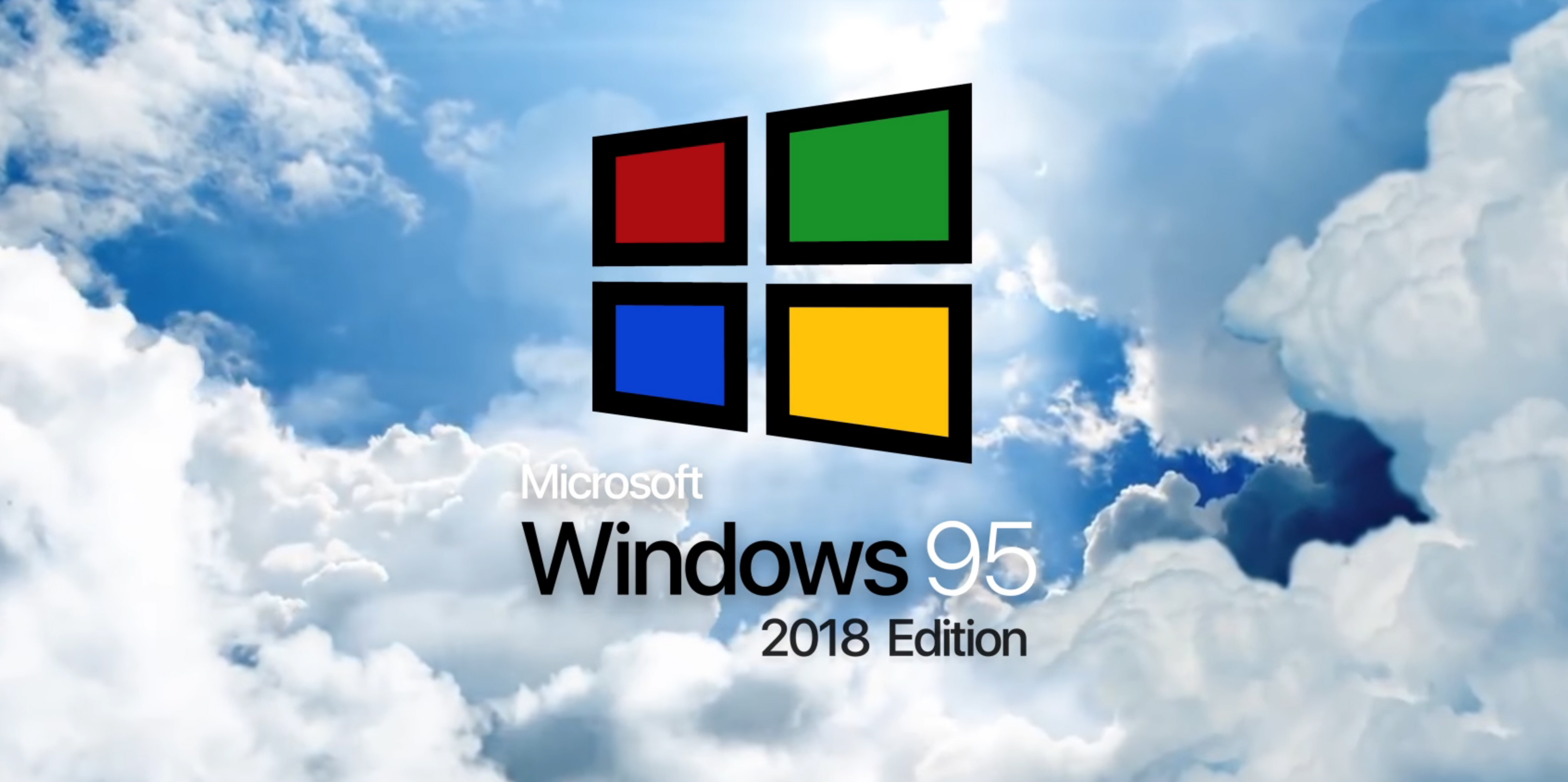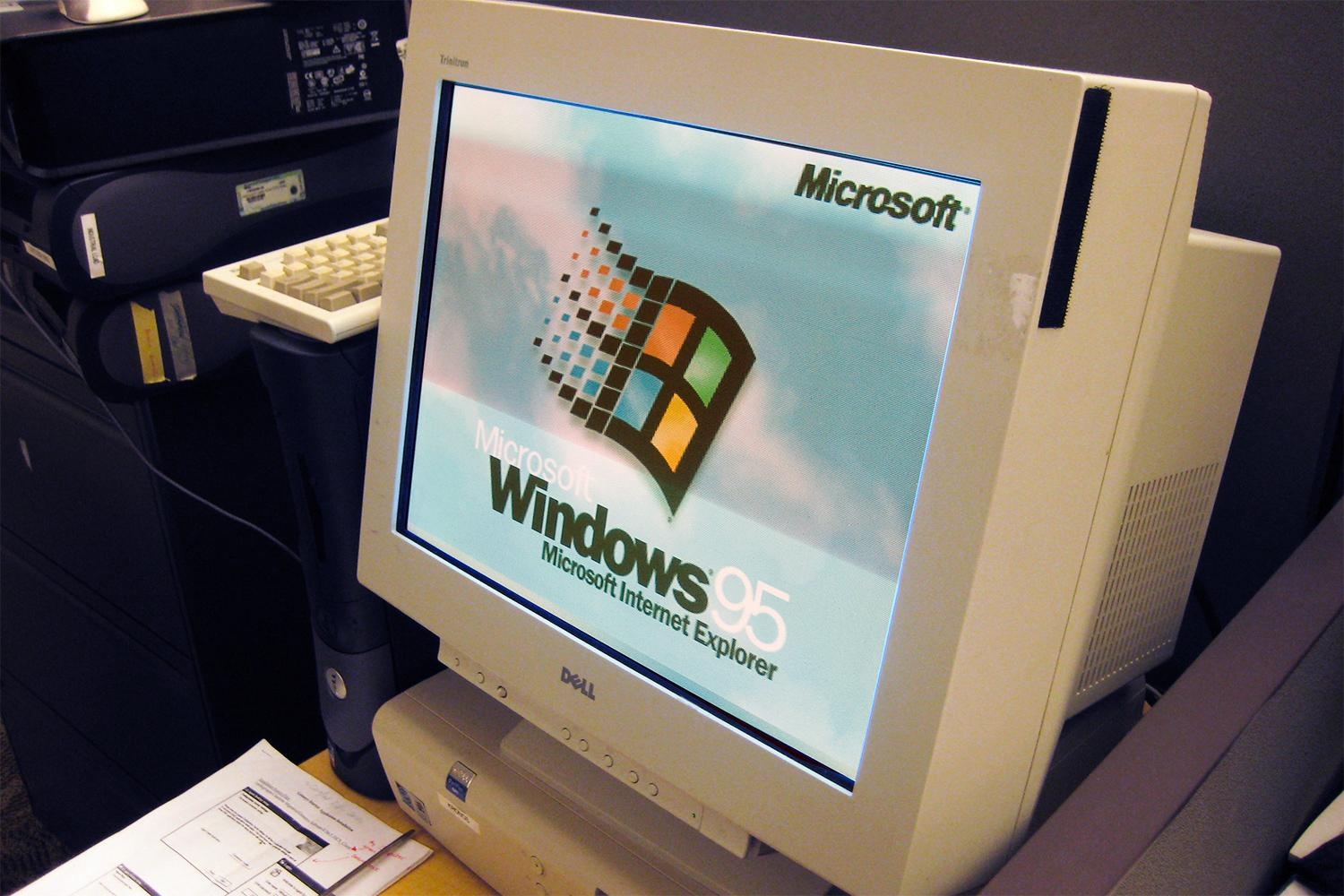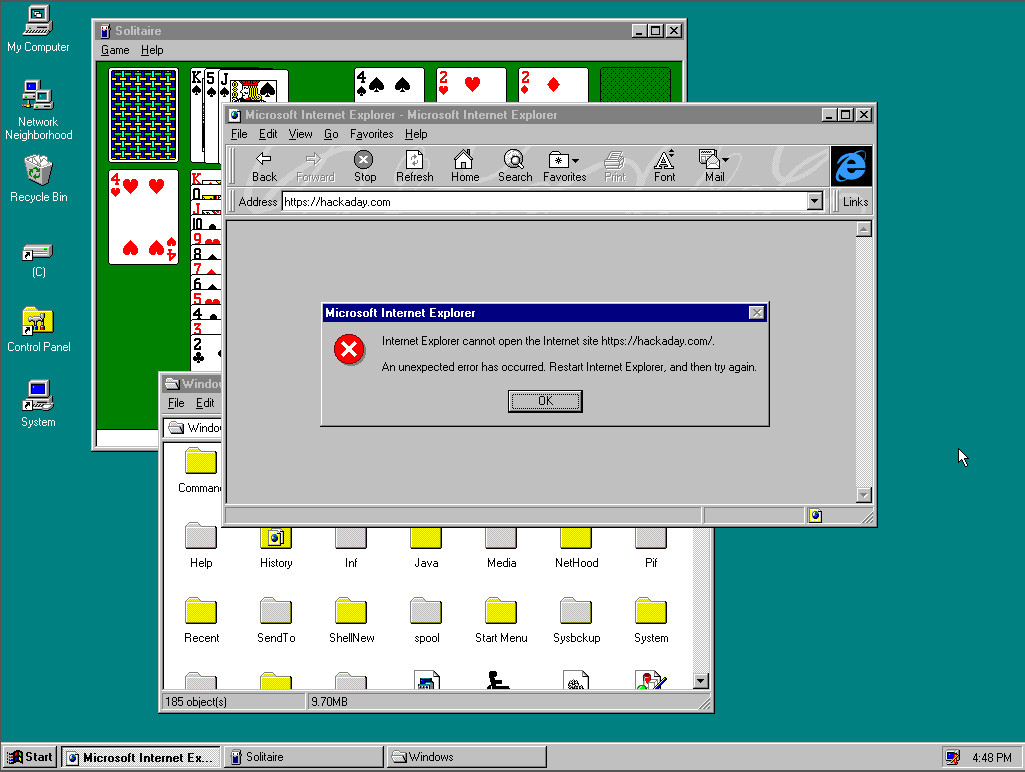Windows 95: Reflecting on the Launch and Marketing of the Iconic Operating System 28 Years Ago Today

Windows 95: Reflecting on the Launch and Marketing of the Iconic Operating System 28 Years Ago Today
The release of Windows 95 marked a significant milestone in the history of personal computing. Unlike the streamlined digital distribution methods we’re accustomed to today, the launch of Windows 95 was a notable media event that involved physical presence and anticipation. Released on August 24, 1995, Windows 95 was a highly anticipated successor to Windows 3.1, and its launch was treated with the kind of fanfare typically reserved for major entertainment releases.
In contrast to the online updates and downloads we use today, people back then would physically visit stores to purchase the boxed software. The launch of Windows 95 was accompanied by a substantial marketing campaign, complete with television commercials featuring the Rolling Stones’ “Start Me Up” and a series of events that captured the public’s attention.
The “Start Me Up” concept was particularly fitting, as Windows 95 introduced the iconic “Start” button to the user interface, revolutionizing how users interacted with their computers. This change and a new graphical interface and multitasking capabilities contributed to excitement and anticipation surrounding the launch.
The launch of Windows 95 represented a technological advancement and a shift in how people perceived and engaged with personal computing. It marked a time when software releases became events of cultural significance, and it paved the way for the rapid evolution of operating systems and digital experiences that we take for granted today.

The launch of Windows 95 was accompanied by an unprecedented marketing campaign that caught the attention of the media and the public alike. Microsoft invested a staggering amount, reported to be around $300 million, to promote the new operating system. The company pulled off creative stunts across various iconic landmarks, leaving a lasting impression on people’s minds.
In a grandeur display, the Empire State Building lights in New York City were synchronized to illuminate the red, yellow, and green colors of the Windows 95 logo. This eye-catching visual spectacle effectively drew attention to the upcoming release and added a sense of anticipation to the event.
The CN Tower in Toronto took the promotion to even greater heights by draping a massive 300-foot banner that showcased the distinctive Windows 95 Start button. This iconic button would become synonymous with the operating system’s user interface and user experience.
These imaginative and attention-grabbing marketing efforts demonstrated Microsoft’s determination to make the launch of Windows 95 a cultural event. Using prominent landmarks and symbols, the company aimed to establish a connection between the software and popular culture, ultimately contributing to the excitement and buzz surrounding the release.

The launch of Windows 95 was marked by a significant event held at Microsoft’s headquarters in Redmond, Washington. Bill Gates, the co-founder of Microsoft, played a pivotal role in the event by personally demonstrating the new operating system and its features. Gates’ presence added a touch of authenticity to the launch, considering his instrumental role in the company’s growth and technological advancements.
In addition to Bill Gates, the launch event featured a guest appearance by Jay Leno, the renowned comedian and host of The Tonight Show, a popular late-night talk show. Leno’s inclusion in the event aimed to infuse a sense of entertainment and humor into the proceedings. However, as mentioned, the attempt at humor may not have resonated with everyone, given that comedy can be quite subjective.
Despite the comedic aspect, the event highlighted the significance of the Windows 95 release for Microsoft and the technology industry. The presence of key figures like Bill Gates and the efforts to make the event engaging and memorable demonstrated Microsoft’s commitment to making the launch a memorable and influential moment in the history of personal computing.
As part of its elaborate marketing campaign for Windows 95, Microsoft introduced a unique and innovative approach to educating users about the new operating system. The company created a VHS tape that accompanied the launch, providing instructional content on how to use Windows 95 effectively. What made this instructional video distinctive was the involvement of popular actors Jennifer Aniston and Matthew Perry, known for their roles in the hit TV show Friends.

This VHS tape was promoted as the first “cyber sitcom,” blending elements of entertainment and education. Jennifer Aniston and Matthew Perry took a break from filming Friends to participate in the project, guiding viewers through the features and functionalities of Windows 95 in a light-hearted and engaging manner.
Despite the intention to create an informative and entertaining video, the result might have become cringeworthy or awkward to some viewers, even back then. The novelty of seeing well-known actors delve into the world of technology and the distinct humor and style of the ’90s contributed to the video’s unique charm.
Microsoft’s decision to incorporate recognizable celebrity faces into its marketing strategy underscored the company’s ambition to make the launch of Windows 95 a cultural phenomenon. This approach added an element of relatability and familiarity, helping bridge the gap between technology and everyday users.
The Windows 95 promotional campaign’s standout feature was its television commercials, which featured The Rolling Stones’ iconic song “Start Me Up” as the background music. This marked a historic moment as it was the first time the rock band had licensed one of their songs for a TV commercial, and the song choice perfectly resonated with the debut of Windows 95’s “Start” button.

Brad Silverberg, a key figure in leading the development of Windows 95, recounted securing the rights to use The Rolling Stones’ song in a TV commercial. While some media outlets reported that Microsoft paid a substantial amount, such as $10 million or $12 million, for the song rights, Silverberg clarified in an archived article from 2006 that the actual amount was significantly lower than what was rumored.
Silverberg revealed that he couldn’t disclose the exact figure but assured it was a “small fraction” of the widely reported number. Interestingly, he mentioned that The Rolling Stones themselves leaked the inflated number to create an industry benchmark for their future licensing deals.
This behind-the-scenes insight sheds light on the strategic negotiations to secure the song rights and how Microsoft made a significant impact in its promotional campaign without necessarily breaking the bank. The successful collaboration with The Rolling Stones further contributed to the media event that was the Windows 95 launch, cementing its status as a groundbreaking moment in the history of technology and marketing.
Brad Silverberg’s account of the negotiation process with The Rolling Stones sheds light on securing the song “Start Me Up” for the Windows 95 commercial. The band initially provided a later version of the song to reduce royalty costs due to potential newer band members. Microsoft, however, insisted on the original version as originally agreed upon, eventually receiving the desired track for the campaign.

As Windows 95 made its debut, the retail landscape was marked by anticipation and varying levels of consumer engagement. While there were instances of long lines at certain stores to purchase the new operating system, not all locations experienced the same level of frenzy. For example, the Office Depot on New Hampshire Avenue in Silver Spring had only about a dozen customers waiting when it opened its doors at midnight for the Windows 95 release. This scenario highlighted that the excitement varied across different locations and demographic segments.
Nonetheless, Microsoft’s extensive marketing efforts, celebrity endorsements, and innovative Windows 95 features contributed to the product’s overall success. The launch of Windows 95 was instrumental in boosting PC sales and making personal computing more accessible to the general public. The era marked by Windows 95’s launch remains a unique chapter in the technology industry, with its blend of cultural impact and technological advancement setting it apart as an iconic and transformative moment that will not be replicated.




